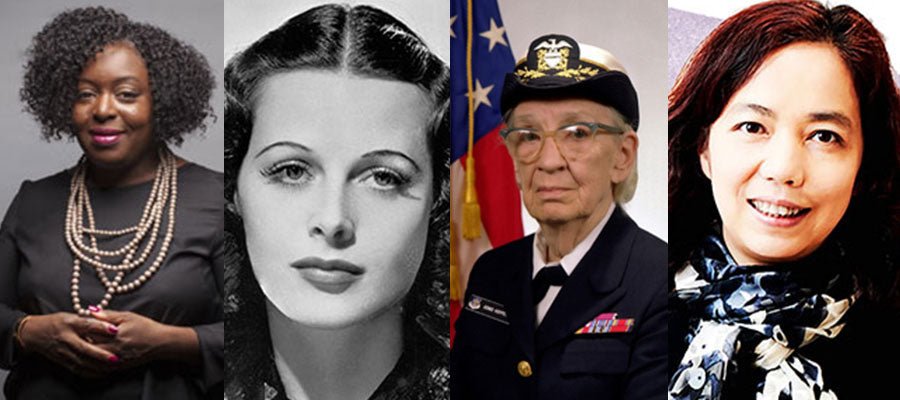Hidden Heroes: Women Who Shaped The Electronics Industry
As we continue our "Electronics Innovators Spotlight" series, it's essential to recognize and celebrate the incredible contributions of women in the electronics industry. While many pioneers have been spotlighted in the annals of technology, countless women have made significant, often under-recognized contributions that have shaped the industry. This blog honours these hidden heroes, shedding light on their achievements and efforts.
The Pioneers Who Broke Barriers
Hedy Lamarr: The Inventive Genius
An actress and inventor, who made groundbreaking contributions during World War II. Alongside composer George Antheil, she developed a frequency-hopping spread spectrum technology to prevent the jamming of radio-controlled torpedoes. This innovation laid the foundation for modern wireless communications, including Wi-Fi and Bluetooth.

Ada Lovelace: The First Programmer
Often referred to as the world's first computer programmer, worked on Charles Babbage's early mechanical general-purpose computer, the Analytical Engine. Her notes on the engine include what is recognized as the first algorithm intended to be carried out by a machine, highlighting her visionary approach to computing.

Grace Hopper: The Queen of Code
Arear admiral in the U.S. Navy and a pioneering computer scientist, developed the first compiler for a computer programming language. Her work on the Harvard Mark I computer and her conceptualization of machine-independent programming languages led to the development of COBOL, a foundational programming language still in use today.

Radia Perlman: The Mother of the Internet
Radia Perlman's invention of the spanning-tree protocol (STP) was crucial for the operation of network bridges and the development of robust, efficient networks. Her contributions have earned her the title "Mother of the Internet," underscoring her pivotal role in the evolution of network technologies.

Fei-Fei Li: The Visionary of AI
She is a leading figure in the field of artificial intelligence (AI) and computer vision. As a professor at Stanford University and the co-director of the Stanford Human-Centered AI Institute, her work in developing ImageNet has been instrumental in advancing deep learning and AI applications in electronics.

Kimberly Bryant: Empowering Future Innovators
Kimberly Bryant founded Black Girls CODE to address the underrepresentation of women of colour in technology. By providing young girls with opportunities to learn coding and technology skills, Bryant's initiative is nurturing the next generation of female innovators and leaders in electronics.

The Importance of Recognizing Women's Contributions
Understanding the achievements of these pioneering women is crucial for several reasons. First, it provides a more comprehensive history of the electronics industry, highlighting the diverse contributions that have driven technological advancements. Second, recognizing these contributions encourages more women to pursue careers in electronics and technology, fostering a more inclusive and innovative industry.
Women have played, and continue to play, a vital role in the development of electronics. From inventing foundational technologies to leading cutting-edge research, their contributions have been instrumental in shaping the modern world. As we celebrate these hidden heroes, we are reminded that innovation knows no gender, and the future of electronics is brighter when everyone has a seat at the table.
Conclusion
In our journey through the "Electronics Innovators Spotlight" series, it is clear that the contributions of women have been pivotal in shaping the electronics industry. By recognizing and celebrating these hidden heroes, we not only honour their legacy but also inspire future generations of women to lead and innovate in the field of electronics.
Stay tuned for our next instalment in the series as we continue to explore the remarkable stories of those who have transformed the world through electronics.















